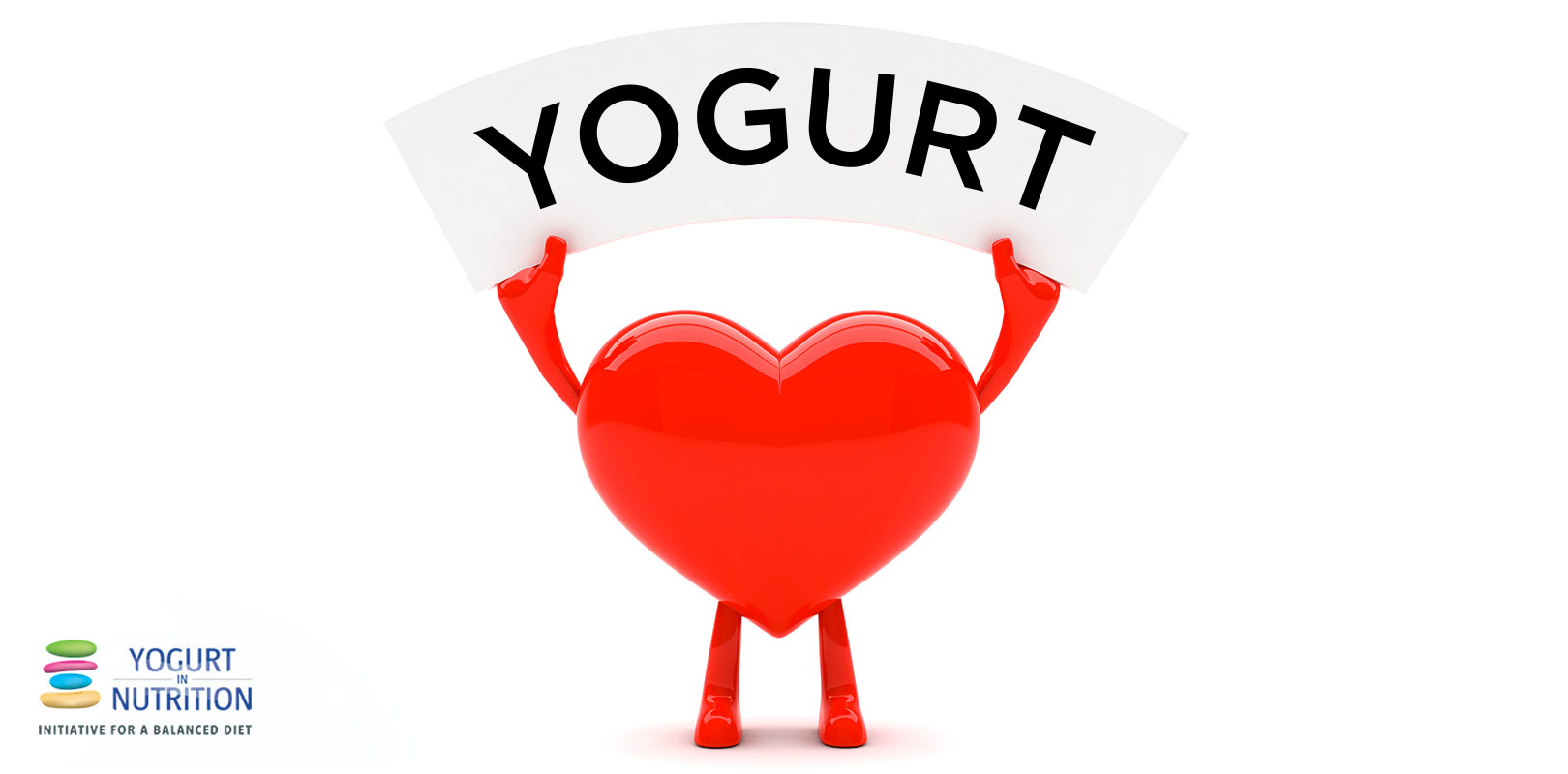Dairy and cardiovascular disease: no consistent conclusions
CVD is an important public health problem around the world, and several dietary patterns, but also individual foods, can exert some preventive effects on it. In previous systematic reviews and meta-analysis, evaluating dairy consumption and the risk of CVD, the findings were often inconsistent. Indeed, no quantitative analysis has specifically assessed the effect of yogurt intake on the incident risk of CVD. Given that the benefits of yogurt intake have recently drawn a lot of attention, it is relevant to know if this specific dairy could play a role in delaying the development of CVD.
This systematic review and meta-analysis involved a total of near fewer than 300.000 persons from nine independent prospective cohort studies.
A yogurt effect emerged in subgroup analysis
Compared with the lowest category, the highest category of yogurt consumption was not significantly related with the incident risk of CVD; however, intake of ≥200g/day yogurt was significantly associated with a lower risk of CVD in the subgroup analysis.
There was a trend that a higher level of yogurt consumption was associated with a lower incident risk of CVD in the dose-response analysis. It should be noted that in their analysis, when studies reported yogurt intake in serving per day, the authors converted the intake of 244g/unit. So it is possible that the effect of yogurt on CVD also exists for less than 200 g per day.
According to the authors, these findings require further research, with cohort studies and randomized controlled trials, to be established and confirmed.
To learn more, read the original article.



